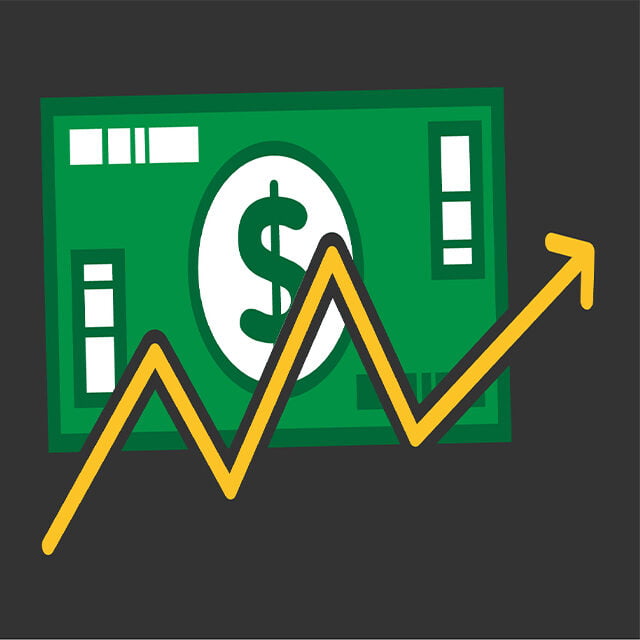Blockchain Companies hit $30.4B in Total Funding, a 44% Increase in a Year The increasing number of organizations accepting cryptocurrency and the growing interest in blockchain technology continue driving the entire sector’s impressive growth. However, recent years have also witnessed a surge in the number of venture capitalists pouring money into blockchain companies. According to […]










